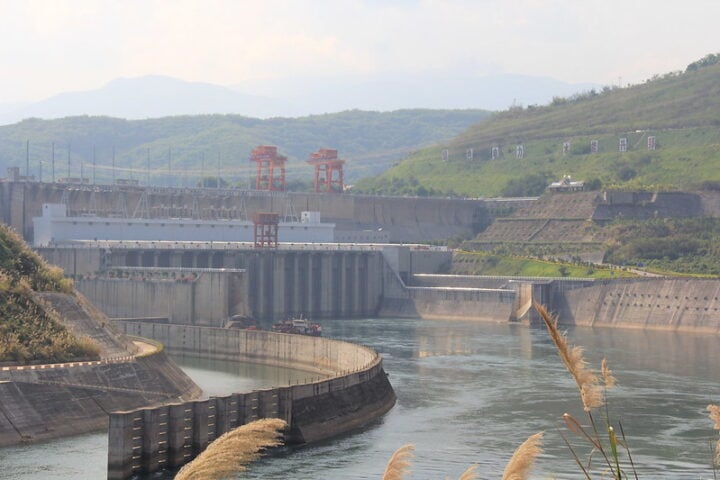Quick Overview
- $5 million DOE grant to University of Kansas and Avium.
- Part of $750 million federal funding across 24 states.
- Goal: Reduce clean hydrogen production costs.
- Target: $1 per kilogram by 2031.
The Science Behind Green Hydrogen Production
The University of Kansas’s recent research endeavor focuses on water-splitting catalysts using pentamethylcyclopentadienyl rhodium complexes (CpRh). “Understanding how the chemical reactions that make clean fuels like hydrogen work is very challenging — this paper represents the culmination of a project that I started in my very first year at KU,” said co-author James Blakemore, associate professor of chemistry
“Hydrogen is a commodity chemical—nearly 100 million tons are produced annually worldwide,” says Kevin Leonard, professor of chemical & petroleum engineering at KU and Avium’s chief science officer. “It’s used in fertilizers, cement production, metal processing, and refining. Traditionally, it’s made from natural gas, but that process emits CO2.”
Technical Breakthroughs
Catalyst Development
- 2017: Initial breakthrough by Leonard and graduate student Joseph Barforoush.
- Recent advances: Pulse radiolysis experiments at Brookhaven National Laboratory.
- Focus: Complete reaction mechanism for water-splitting catalysts.
Energy Storage Applications
Leonard explains the practical applications: “During winter days, solar panels on the grid can produce much more energy than needed. However, in summer, when it’s 110 degrees and air conditioners are running, solar energy alone cannot produce enough electricity, specifically in the evening. Using green hydrogen to store that energy, then converting it back to electricity later, may prove effective for grid energy balancing.”
Industrial Applications
- Traditional uses:
- Fertilizer production.
- Cement manufacturing.
- Metal processing.
- Refining operations.
- Emerging applications:
- Sustainable aviation fuels.
- Grid energy storage.
- Chemical industry decarbonization.
Technical Training Integration
The project includes three specialized training programs:
- Dwayne Peaslee Technical Training Center: Focus on high-voltage systems and hydrogen energy processes.
- Urban Tec partnership: “Avium Summer Experience” program for Kansas City students.
- KU graduate and postdoctoral research opportunities.
Similar Posts
Technical Specifications
Catalyst Performance Metrics
- Water-splitting efficiency rates.
- Reaction mechanism documentation through pulse radiolysis.
- Integration with renewable energy storage.
DOE Hydrogen Shot Initiative
Federal target: $1 per kilogram green hydrogen production by 2031
Environmental Impact
Current hydrogen production generates “hundreds of millions of tons of greenhouse gas emissions,” according to Leonard. Green hydrogen production using renewable energy could eliminate these emissions.
Research Collaboration
The project combines expertise from:
- KU’s Center for Environmental Beneficial Catalysis.
- Brookhaven National Laboratory’s Accelerator Center.
- Avium’s commercial development team.
Industry Challenges
Following are a few challenges faced for green hydrogen production:
- Cost reduction requirements.
- Scale-up complexity.
- Infrastructure development needs.
Future Outlook
The research aims to:
- Improve catalyst efficiency.
- Reduce production costs.
- Scale up manufacturing.
- Integrate with renewable energy systems.
- Develop practical storage solutions.
















